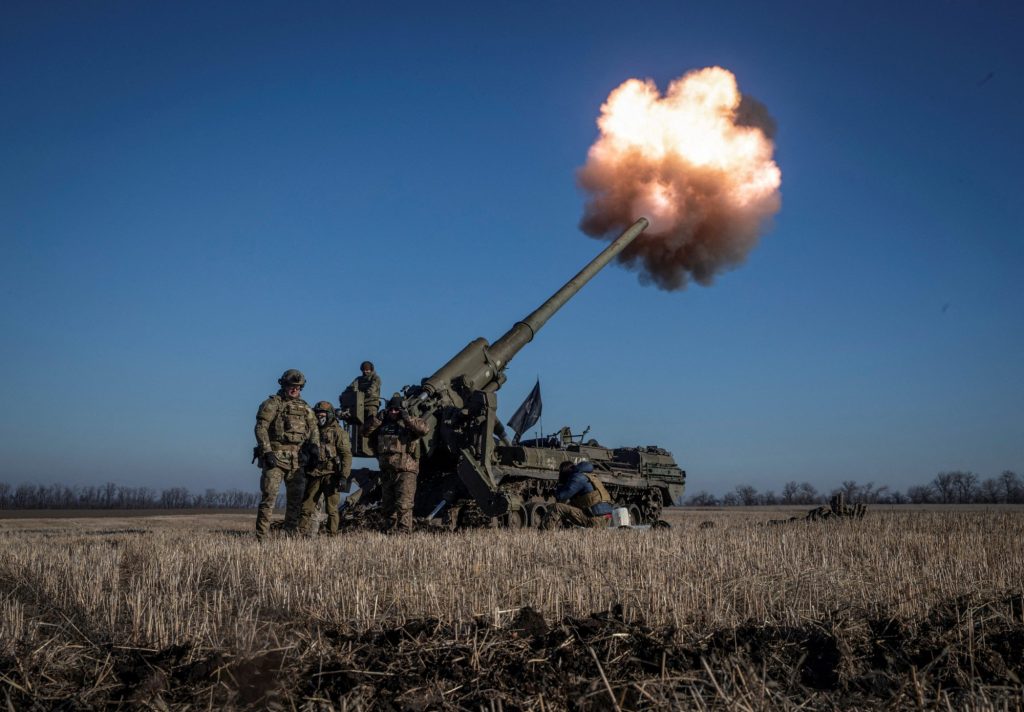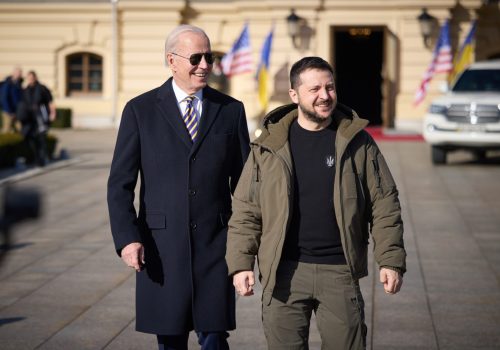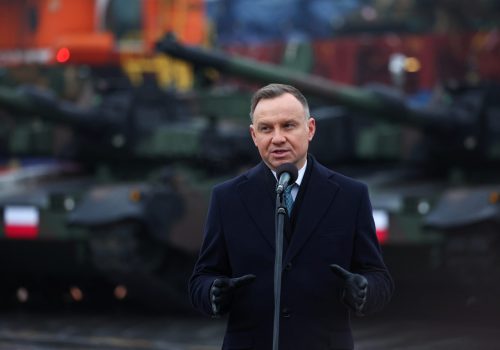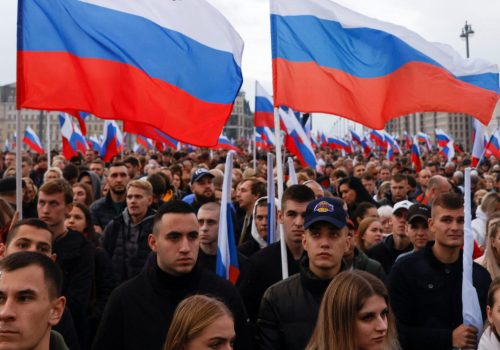As the Russian invasion of Ukraine enters its second year, Western support for the Ukrainian war effort is growing. The first two months of 2023 have seen a series of landmark decisions to provide Ukraine with weapons that Western leaders had previously been reluctant to deliver, with the list including armored vehicles, modern tanks, and long-range missiles.
At the same time, the whole process continues to lack a sense of urgency. Instead, excessive caution on the part of Kyiv’s Western partners prevents Ukraine from receiving the quantities of weapons its requires, while also fueling delays that risk handing the battlefield initiative back to Russia.
EU foreign policy chief Josep Borrell highlighted the issue during the Munich Security Conference on February 19. “We are in urgent war mode,” he said. “This shortage of ammunition has to be solved quickly.” If European countries did not step up ammunition supplies “in a matter of weeks” the war would be over, he warned.
Stay updated
As the world watches the Russian invasion of Ukraine unfold, UkraineAlert delivers the best Atlantic Council expert insight and analysis on Ukraine twice a week directly to your inbox.
Recent steps to increase arms deliveries to Ukraine are encouraging and indicate that the West is gradually losing its fear over the possible consequences of a decisive Russian military defeat. Over the past year, Moscow has sought to the intimidate Western leaders with everything from nuclear blackmail to gas shutoffs, but these scare tactics appear to be increasingly ineffective.
Putin is now betting on the overwhelming numbers provided by Russia’s first mobilization since World War II, and is in the process of deploying an estimated 300,000 fresh soldiers to bolster his depleted forces in Ukraine. However, these poorly trained replacements can hardly be compared to the tens of thousands of professional Russian soldiers killed or wounded during the first year of the invasion. Indeed, Russian losses over the past twelve months have been so severe that many analysts believe Moscow must now build what essentially amounts to a new army from the ground up.
As a fresh Russian offensive gets underway in eastern Ukraine, there is little to suggest that Putin is on the verge of achieving the military breakthrough he craves. On the contrary, initial reports indicate primitive tactics and catastrophic losses, with NATO intelligence estimating that Russia is losing around 2000 soldiers for every 100 yards of Ukrainian land gained.
With Putin’s invasion force looking anything but formidable, Kyiv’s Western partners may now sense an opportunity to arm Ukraine for a major spring offensive. Most observers expect Ukrainian activity to focus on the southern front, where the Russian army is believed to be particularly vulnerable. By striking south toward the Azov Sea in the coming months, Ukraine could split Russia’s invasion force in two and cut the land bridge to Crimea.
This is an appealing prospect to Western leaders such as French President Emmanuel Macron, who have often framed their support for Ukraine in terms of achieving battlefield victories that would enable Kyiv to negotiate a peace settlement from a position of strength. A decisive offensive against Russian forces in southern Ukraine would expose the costly failure of Putin’s invasion and inevitably lead to a decline in his political authority.
An alternative explanation for the West’s recent readiness to increase arms deliveries to Ukraine may be found in mounting fears that Russia’s mobilization will ultimately prove successful. Western leaders could be genuinely concerned that Moscow can regain the military initiative and make significant further territorial gains, or at least achieve a stalemate that secures the considerable areas currently under Russian occupation.
Eurasia Center events

Whatever their individual motivations, Ukraine’s partners must both expand and speed up arms deliveries if they wish to achieve their stated aim of preventing a Russian victory in Ukraine. During the first year of the war, it was striking to note that the most active European members of the coalition arming Ukraine were former Eastern Bloc countries such as Poland, the Czech Republic, Slovakia, the Baltic states, Romania, and Bulgaria. While these countries are all potentially next in line if Russia is not stopped in Ukraine, they have nevertheless been most willing to draw down their own weapons stocks. Clearly, they recognize that weapons sent to Ukraine are of more use than those sitting in warehouses.
The nations of Old Europe have been significantly less decisive and still often appear unable to grasp the gravity of the military and political situation. Rather than doing everything to secure Ukrainian victory, they sometimes seem preoccupied with the notion of avoiding “escalation.” Such thinking is delusional. In reality, there is no way Ukrainians can liberate their country entirely from Russian occupation without crossing the Kremlin’s “red lines.”
Unless Russia is militarily defeated, no sustainable diplomatic solution will be possible. If Ukraine is pressured into accepting a disadvantageous settlement before Russia is beaten, this would reward Putin and set the stage for the next war. Europe would be plunged into an era of instability. If they wish to avoid this disastrous outcome, Western policymakers must accept that the only path to peace is via a decisive Ukrainian victory.
Recent developments suggest an international consensus is indeed forming over the need for a long-term commitment to Ukrainian victory. However, decisions to deliver new categories of weapons to Ukraine are still subject to unacceptable delays that cost lives. Likewise, Ukraine’s partners have yet to begin producing weapons and ammunition on a wartime footing. This has to change if the West is serious about stopping Putin.
Western arms deliveries played a key role in enabling Ukraine to survive the initial onslaught of Putin’s blitzkrieg. Military aid has since helped Ukraine liberate around half of the territory occupied by Russia during the early months of the invasion. In order to finish the job in 2023, Old Europe must follow the example of the former Eastern Bloc countries and open up its warehouses without further delay. Continued hesitation and indecisiveness could have dire consequences for European security, allowing Putin to rescue his faltering invasion and snatch victory from the jaws of defeat.
Dennis Soltys is a retired Canadian professor of comparative politics living in Almaty.
Further reading
The views expressed in UkraineAlert are solely those of the authors and do not necessarily reflect the views of the Atlantic Council, its staff, or its supporters.

The Eurasia Center’s mission is to enhance transatlantic cooperation in promoting stability, democratic values and prosperity in Eurasia, from Eastern Europe and Turkey in the West to the Caucasus, Russia and Central Asia in the East.
Follow us on social media
and support our work
Image: Ukrainian servicemen fire a self-propelled gun toward Russian positions. January 24, 2023. (REUTERS/Oleksandr Ratushniak)




